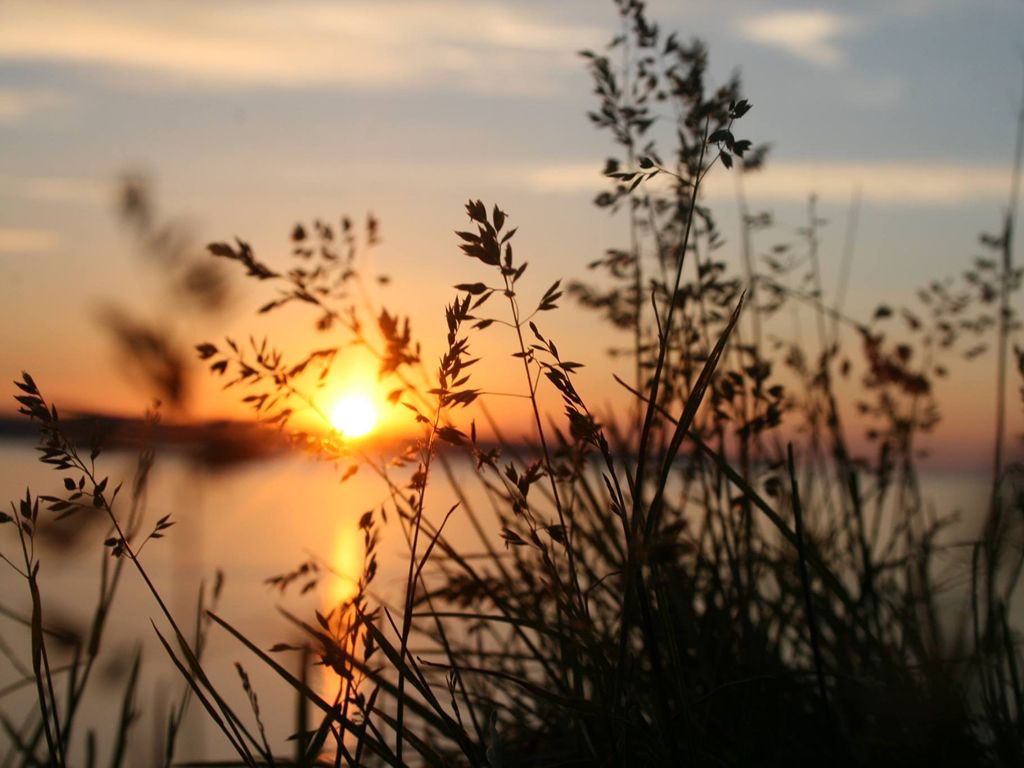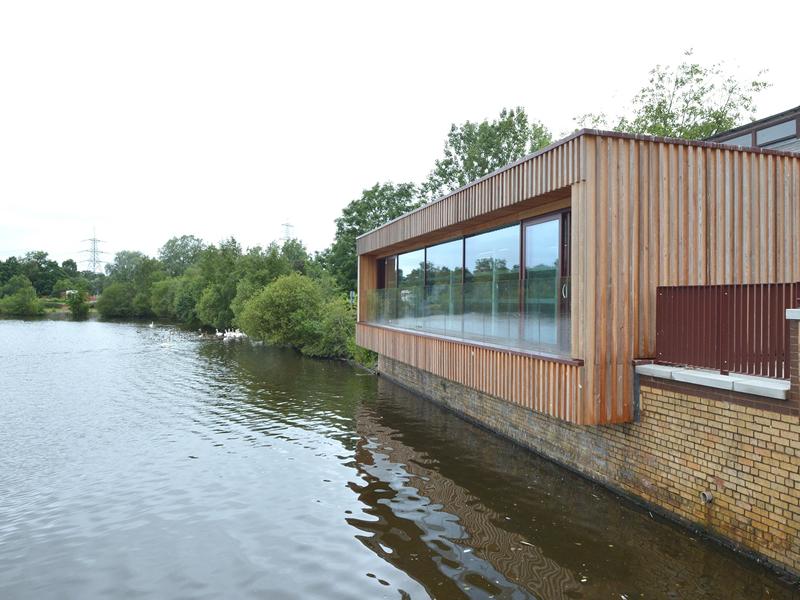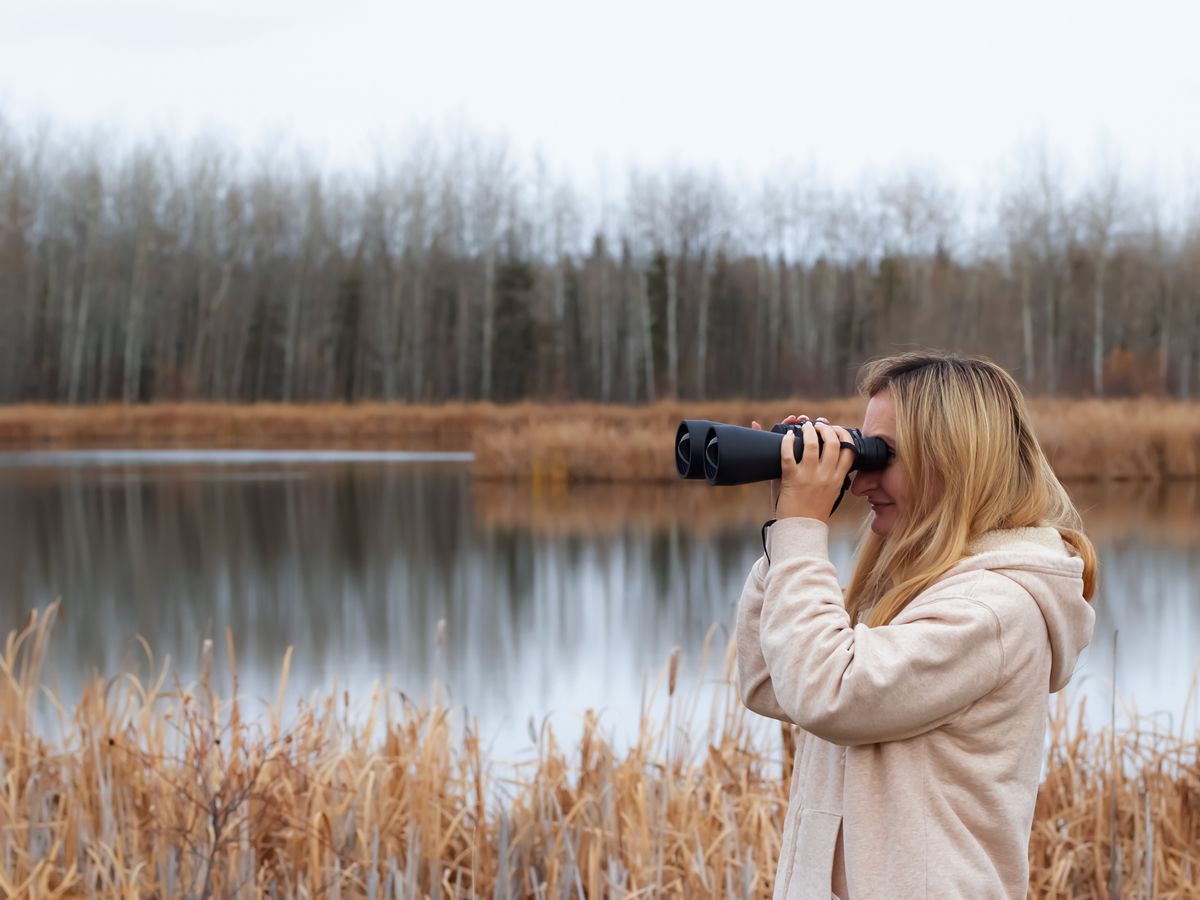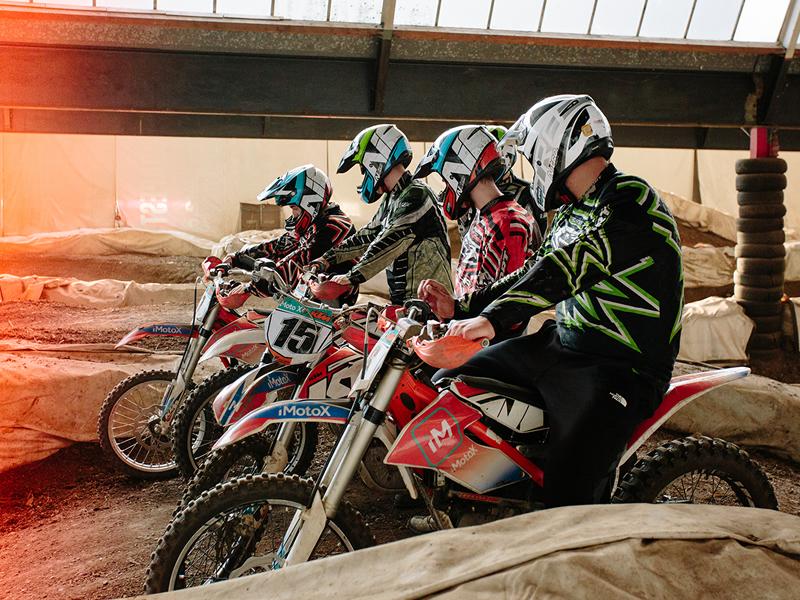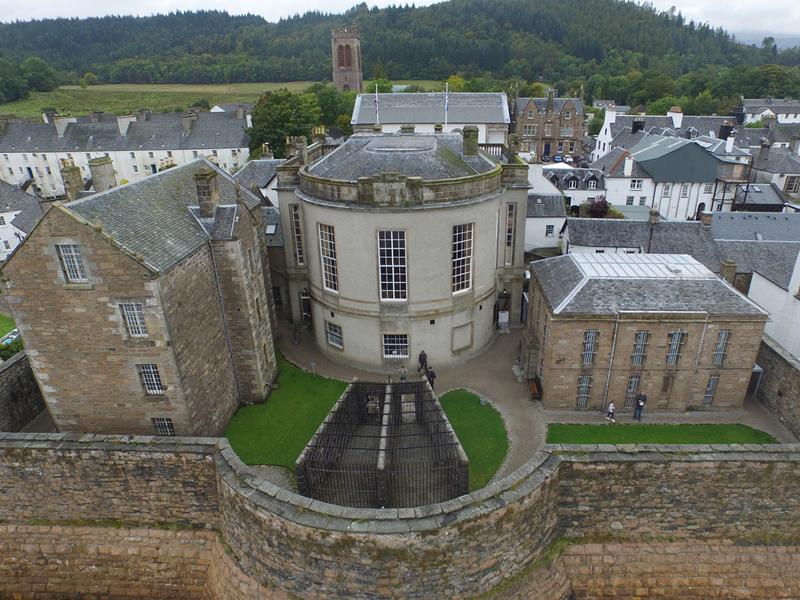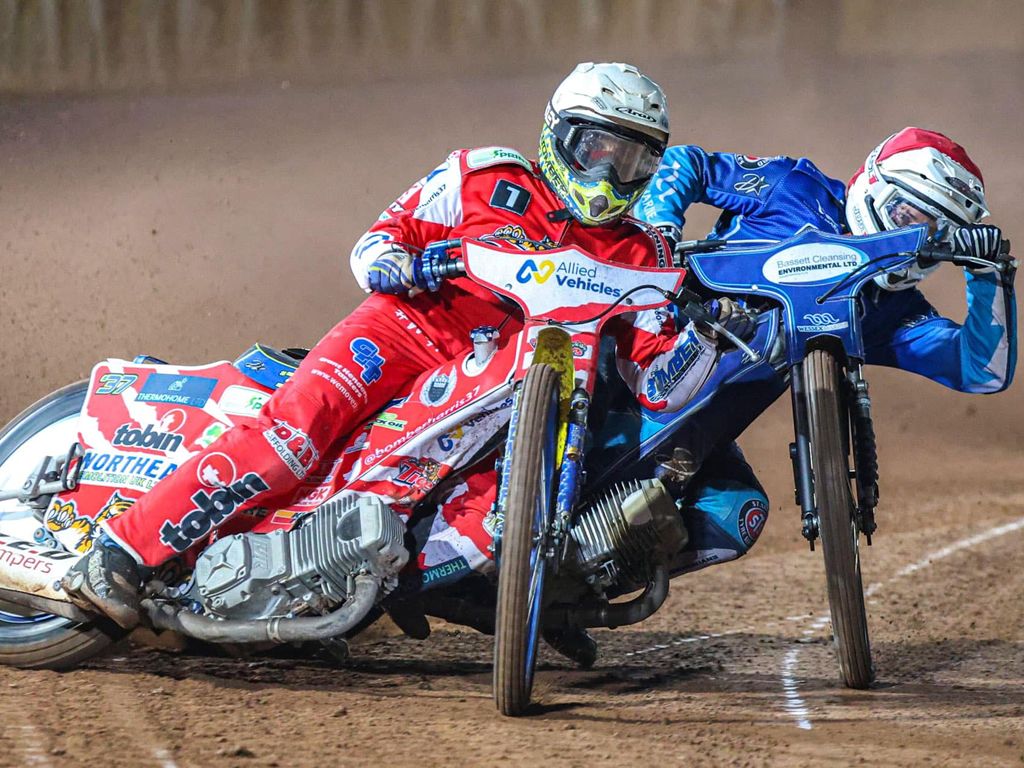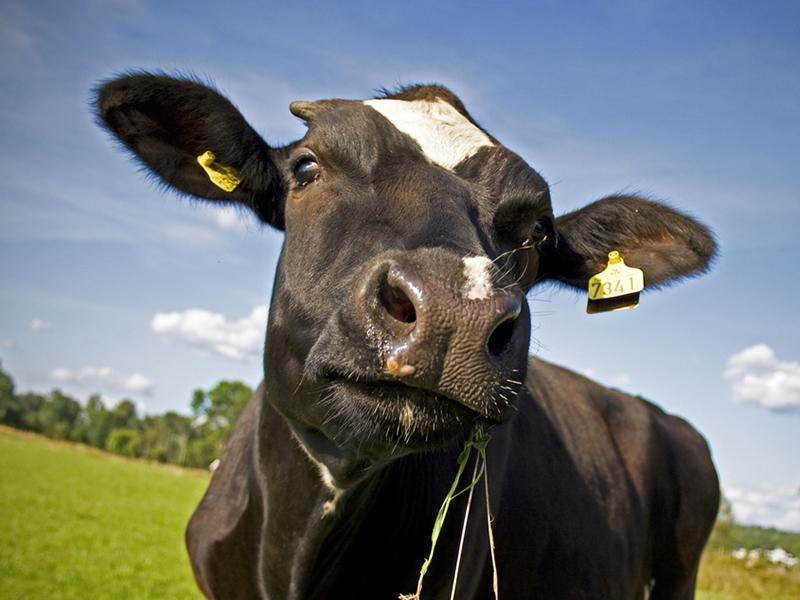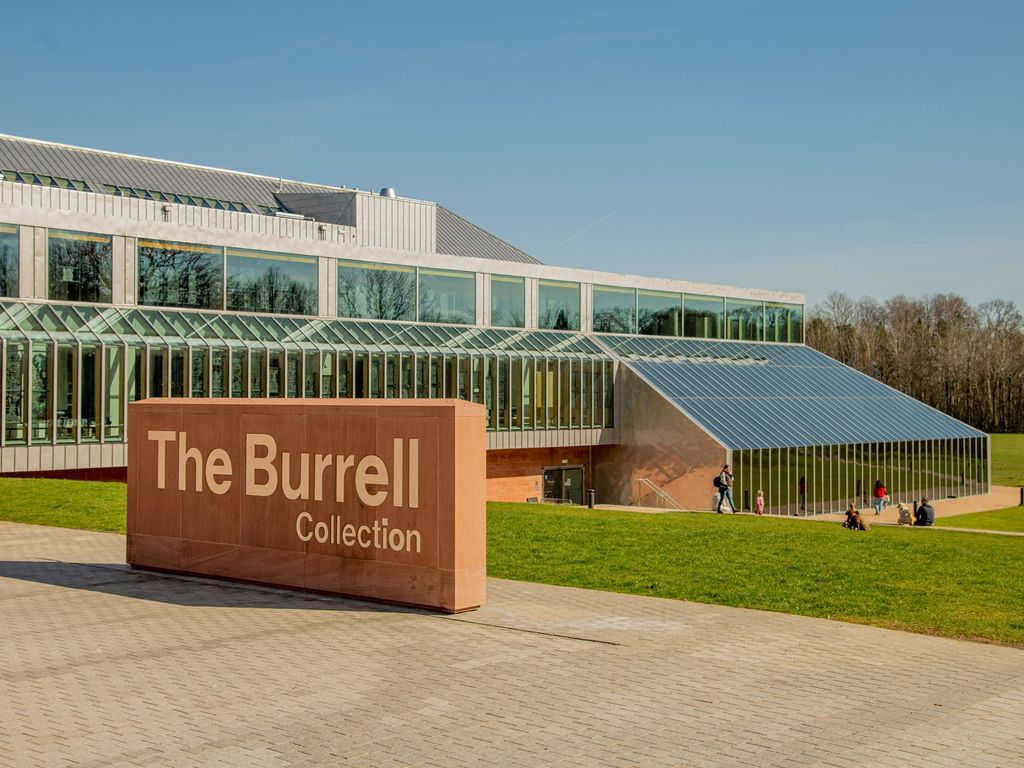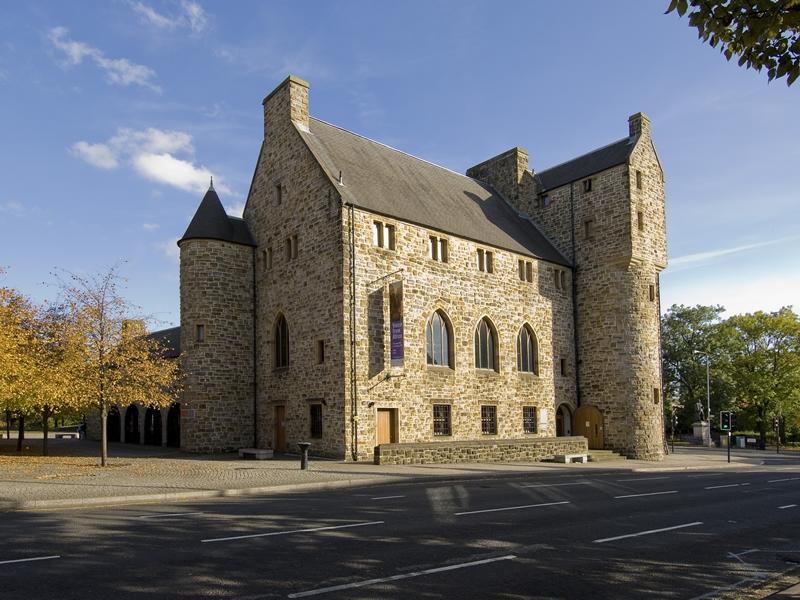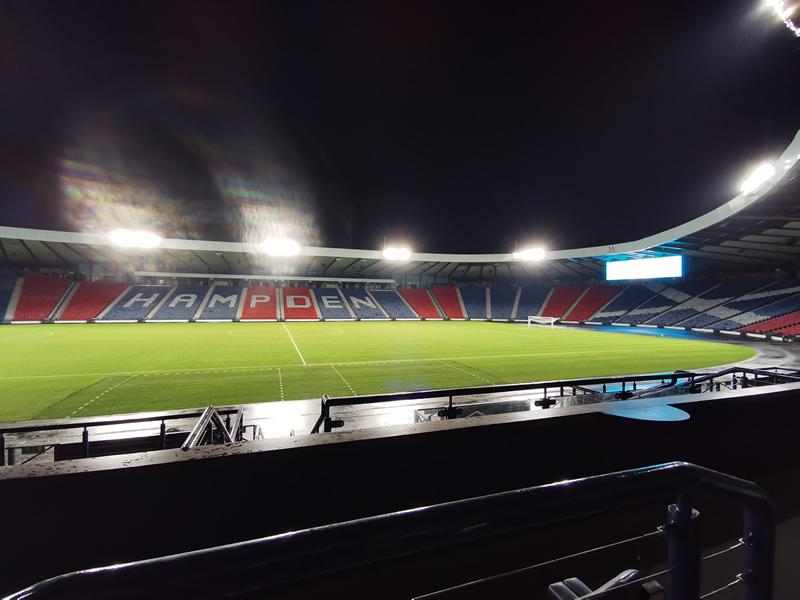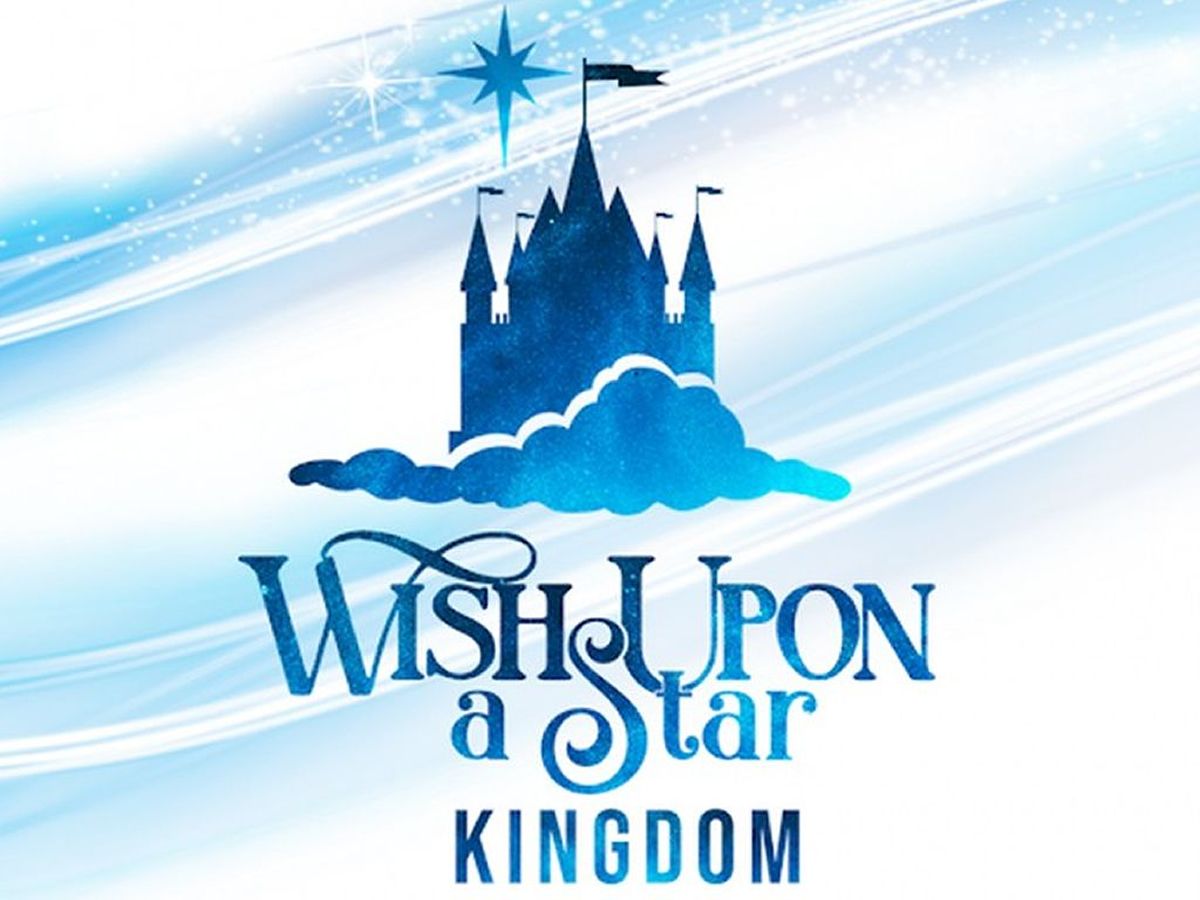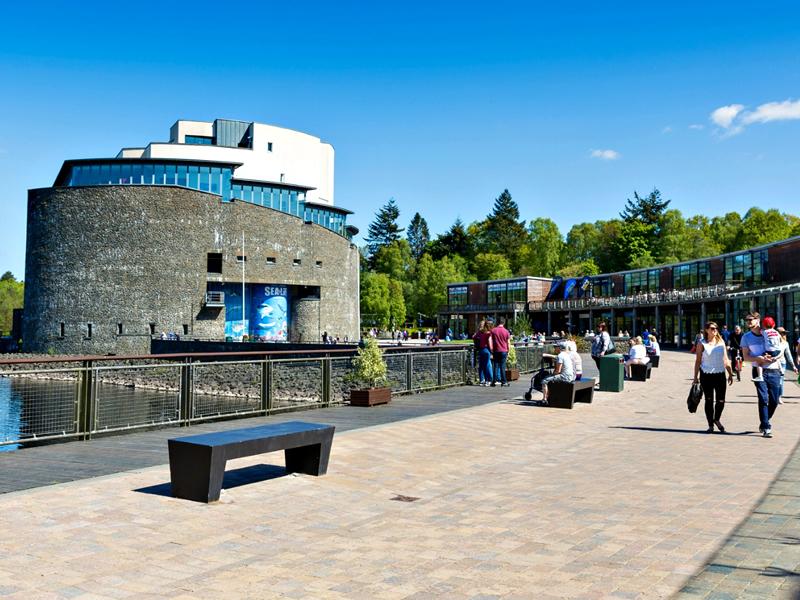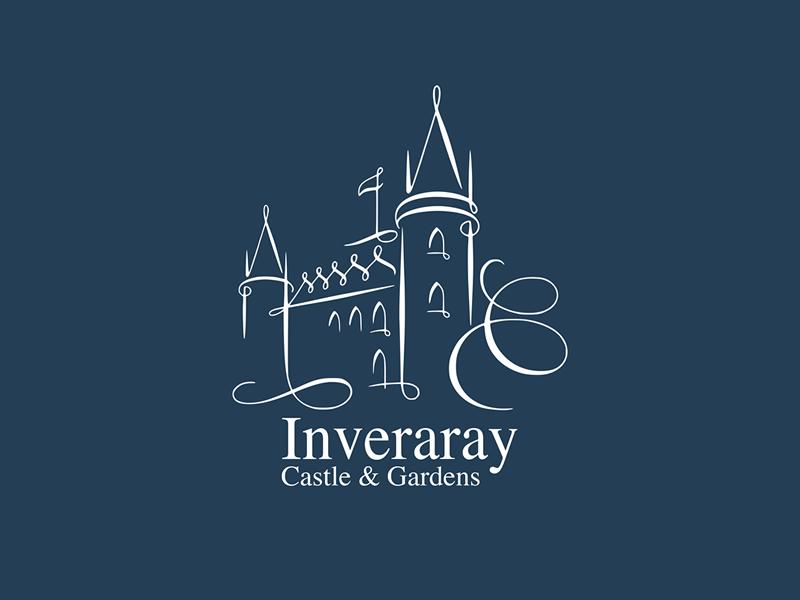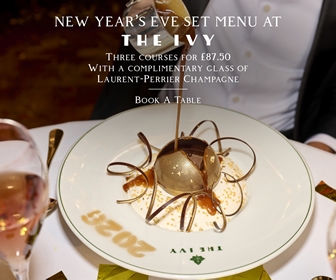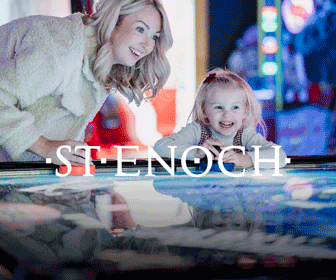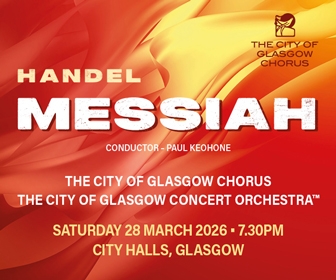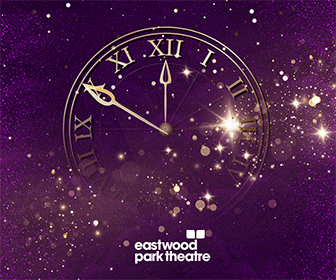Seven Lochs Wetland Park
Bringing together 20 sq km of lochs, parks, nature reserves and woodlands between Glasgow and Coatbridge, Seven Lochs Wetland Park offers an exciting range of things to see and do!
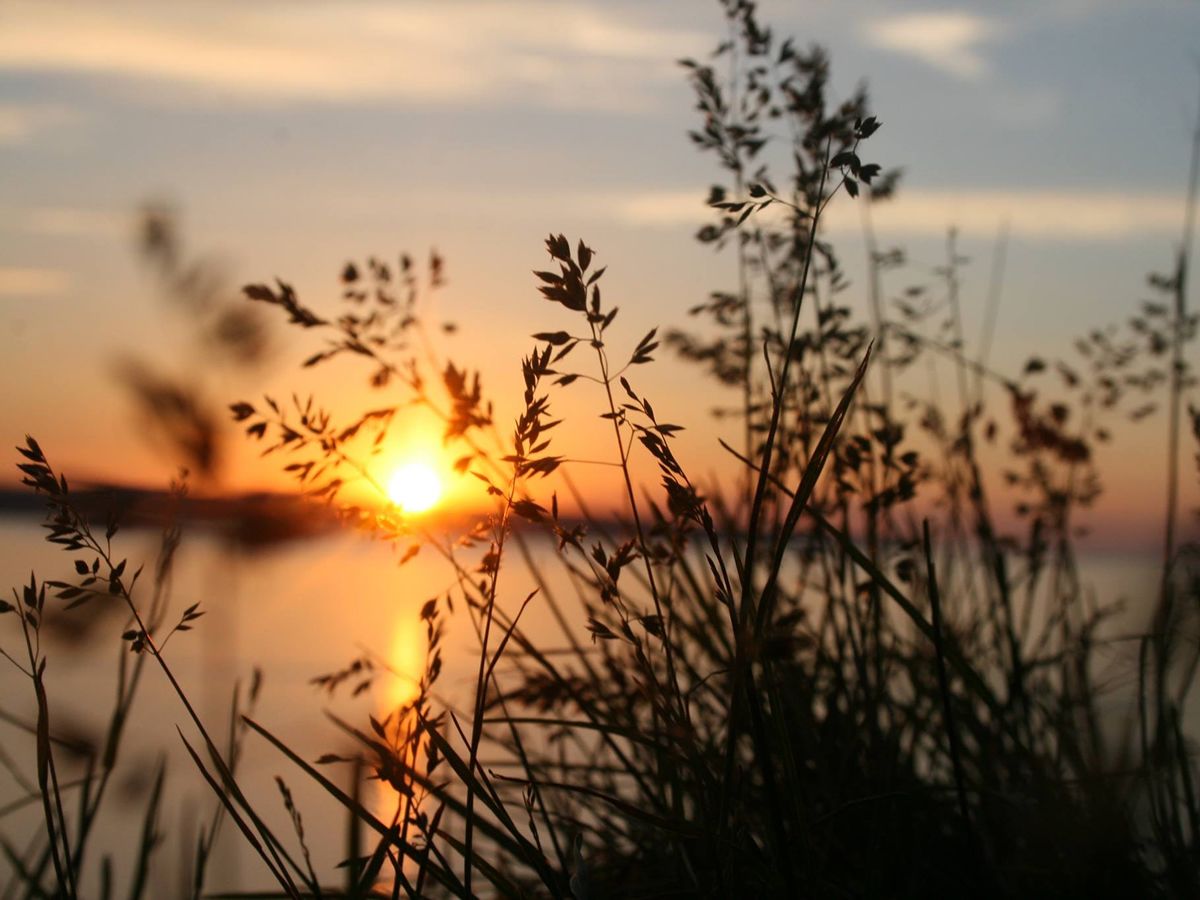
About Seven Lochs Wetland Park
| Seven Lochs Wetland Park Cumbernauld Road, Glasgow North G33 1AH | |
| Seven Lochs Wetland Park Website | |
| Facebook information can be found here | |
| Follow sevenlochs on Instagram | |
Spanning the Glasgow City and North Lanarkshire council boundary between Easterhouse, Coatbridge and Stepps, the Seven Lochs Wetland Park is Scotland’s largest urban heritage and nature park.
Hogganfield, Frankfield, Bishop, Lochend, Woodend, Johnston and Garnqueen. The seven lochs that give the park its name were formed when a huge ice sheet that covered most of the UK melted at the end of the last Ice Age. Since then, the story of the Seven Lochs reflects the last 10,000 years of Scotland’s history. Mesolithic hunter-gatherers camped on the loch shores, while Iron Age people lived in crannogs at Bishop and Lochend Lochs. Medieval Bishops and Barons fished and hunted in the lochs and woodlands. Animals like wolves, brown bear and lynx were hunted to extinction as the wildwood gave way to farms and grand estates. More recently the riches beneath the soil saw the landscape dominated by mines, brickworks and steelworks, before post war housing development created new neighbourhoods like Ruchazie and Easterhouse.
Despite this long history of landscape change some fragments of ancient natural habitat remain in the area’s reedbeds, marshes and peatland. Wildlife has adapted to thrive in the new landscape of fields, hedgerows and parks. Today the 16 sq km area is a rich mix of woodland, wetland, parks and farmland – including a Country Park, two Sites of Special Scientific Interest and six local nature reserves. It really is heritage on your doorstep, and a great place to relax and lose yourself in nature.
All information (whether in text or photographs) is supplied in good faith but should not be relied upon as being a statement of representation or fact.
Upcoming Events at Seven Lochs Wetland Park
Related Links
Bishop Loch Local Nature Reserve
Bishop Loch Local Nature Reserve Lochend Road,
Glasgow East End G34 0NN
Bishop Loch Local Nature Reserve plays host to a range of woodland bird species whilst the grassland comes alive with colourful plants that attract butterflies and bees.
READ MORE
Drumpellier Country Park
Drumpellier Country Park ,
Coatbridge ML5 2EH
Drumpellier Country Park has lots to do for a great family day out including a Visitor Centre, cafe, wildlife displays and adventure playground!
READ MORE
Hogganfield Park Local Nature Reserve
Hogganfield Park Cumbernauld Road,
Glasgow North G33
Hogganfield Park Local Nature Reserve is an excellent place to see wetland birds with the main attraction being Whooper Swan in winter!
READ MORE
More Days Out in Glasgow
Inveraray Jail
Inveraray Jail Church Square,
Inveraray PA32 8TX
Step back almost two centuries and discover the stories of the real people - men, women and children who were tried and served their sentences at Inveraray Jail!
READ MORE
VR Party Arena
124 Portman Street,
Glasgow South Side G41 1EJ
VR PARTY ARENA is Scotland's ONLY multiplayer free roam VR experience which uses cutting edge technology and state of the art software.
READ MORE
Glasgow Tigers Speedway
The Peugeot Ashfield Stadium Hawthorn Street,
Glasgow North G22 6RU
Glasgow Tigers Speedway is the West of Scotland's only professional speedway team and one of only a handful of motorsport venues in Scotland!
READ MORE
Tollcross Childrens Farm and Visitor Centre
The Courtyard 254b Wellshot Road,
Glasgow East End G32 7AX
Tollcross Children's Farm is an outstanding facility which will appeal to young and old alike. Regulars in the farm are Shire Horses, Shetland Ponies, rabbits, sheep, Highland Cattle and much more!
READ MORE
The Burrell Collection
2060 Pollokshaws Road,
Glasgow South Side G43 1AT
Housed in its purpose-built home surrounded by beautiful parkland, The Burrell Collections is ranked amongst the most significant civic museum collections in the UK!
READ MORE
St Mungo Museum of Religious Life & Art
2 Castle Street,
Glasgow City Centre G4 0RH
The award-winning St Mungo Museum is a haven of tranquillity in a bustling city. This museum is named after Glasgow's patron saint, who brought the Christian faith to Scotland in the 6th century.
READ MORE
Scottish Football Museum
Scottish Football Museum & Hampden Stadium Tour Hampden Park,
Glasgow South Side G42 9BA
See more than 2500 exhibits in 14 galleries, walk amongst Scotland's footballing legends in the Hall Of Fame and take the Stadium tour at the Scottish Football Museum!
READ MORE
Wish Upon A Star Kingdom
Roadway 5, Morris Park Rosyth Road,
Glasgow East End G5 0YD
At Wish Upon A Star Kingdom, our mission is to make every event truly exciting and unforgettable!
READ MORE
Loch Lomond Sea Life Centre
Ben Lomond Way Loch Lomond Shores,
Balloch G83 8QL
SEA LIFE Loch Lomond Aquarium is just 20 minutes from Glasgow, situated on the stunning Loch Lomond Shores, offering great fun for all the family, whatever the weather!
READ MORE
Loch Lomond Shores
Loch Lomond Shores Ben Lomond Way,
Balloch G83 8QL
Loch Lomond Shores is a great day out offering designer shopping, an aquarium, restaurants and cafes and outdoor activities - all with fantastic views across Loch Loch Lomond!
READ MORE
Inveraray Castle
Inveraray Castle ,
Inveraray PA32 8XE
Inveraray Castle is the ancestral home of the Duke of Argyll, Chief of the Clan Campbell and an iconic, must-see visitor attraction on the West Coast of Scotland.
READ MORE
All Days Out listings in Glasgow
Bishop Loch Local Nature Reserve
Bishop Loch Local Nature Reserve plays host to a range of woodland bird species whilst the grassland comes alive with colourful plants that attract butterflies and bees.
READ MOREDrumpellier Country Park
Drumpellier Country Park has lots to do for a great family day out including a Visitor Centre, cafe, wildlife displays and adventure playground!
READ MOREHogganfield Park Local Nature Reserve
Hogganfield Park Local Nature Reserve is an excellent place to see wetland birds with the main attraction being Whooper Swan in winter!
READ MOREInveraray Jail
Step back almost two centuries and discover the stories of the real people - men, women and children who were tried and served their sentences at Inveraray Jail!
READ MOREVR Party Arena
VR PARTY ARENA is Scotland's ONLY multiplayer free roam VR experience which uses cutting edge technology and state of the art software.
READ MOREGlasgow Tigers Speedway
Glasgow Tigers Speedway is the West of Scotland's only professional speedway team and one of only a handful of motorsport venues in Scotland!
READ MORETollcross Childrens Farm and Visitor Centre
Tollcross Children's Farm is an outstanding facility which will appeal to young and old alike. Regulars in the farm are Shire Horses, Shetland Ponies, rabbits, sheep, Highland Cattle and much more!
READ MOREThe Burrell Collection
Housed in its purpose-built home surrounded by beautiful parkland, The Burrell Collections is ranked amongst the most significant civic museum collections in the UK!
READ MORESt Mungo Museum of Religious Life & Art
The award-winning St Mungo Museum is a haven of tranquillity in a bustling city. This museum is named after Glasgow's patron saint, who brought the Christian faith to Scotland in the 6th century.
READ MOREScottish Football Museum
See more than 2500 exhibits in 14 galleries, walk amongst Scotland's footballing legends in the Hall Of Fame and take the Stadium tour at the Scottish Football Museum!
READ MOREWish Upon A Star Kingdom
At Wish Upon A Star Kingdom, our mission is to make every event truly exciting and unforgettable!
READ MORELoch Lomond Sea Life Centre
SEA LIFE Loch Lomond Aquarium is just 20 minutes from Glasgow, situated on the stunning Loch Lomond Shores, offering great fun for all the family, whatever the weather!
READ MORELoch Lomond Shores
Loch Lomond Shores is a great day out offering designer shopping, an aquarium, restaurants and cafes and outdoor activities - all with fantastic views across Loch Loch Lomond!
READ MOREInveraray Castle
Inveraray Castle is the ancestral home of the Duke of Argyll, Chief of the Clan Campbell and an iconic, must-see visitor attraction on the West Coast of Scotland.
READ MORE